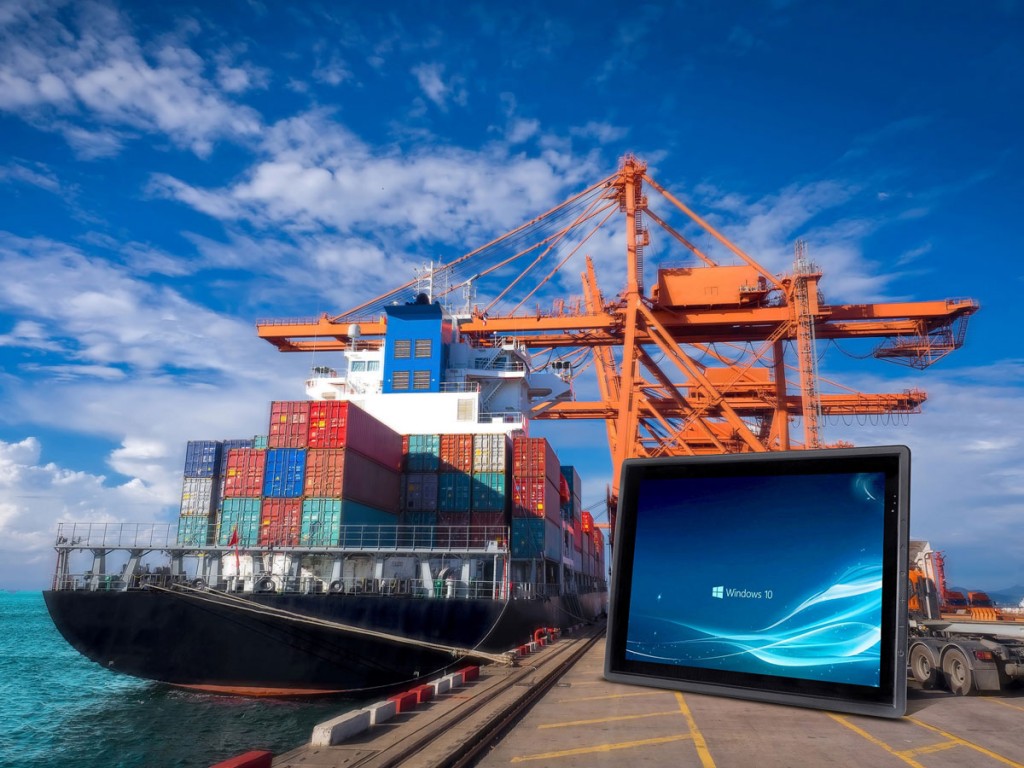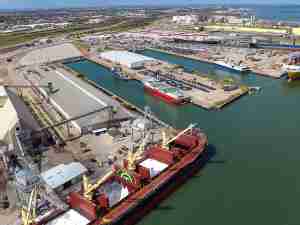Every port relies on its IT to keep things moving. So as soon as a device stops working there’s a break in the chain and throughput can drop. In this blog, Chad Woodyatt, Business Development Manager Ports at JLT Mobile Computers, shows how a single broken computer can have far reaching consequences.
Throughput can make or break a container port. With business-critical IT systems providing the backbone to operations, everything needs to work seamlessly 24/7. It’s a business where every second has a price. And when a computer breaks down, the effects are felt much further than you think.
There’s a tale about a conversation at a tech conference that is widely quoted when it comes to the link between IT and lost productivity. A speaker asks how long it takes to recover from an IT break down. An audience member says it takes a few minutes to fix the problem. When the speaker enquires how long it took the operation to get back on its feet, the audience member says days.
There’s no doubt about it, downtime costs businesses significant money. VDC Research, a B2B technology market intelligence and consulting firm, states that device failures can be as high as 30 percent, significantly impacting any operation, especially ports. In around 45 percent of failures the device will need to be replaced and there’s almost always more than one member of staff involved.
Now the real cost of an IT breakdown is becoming apparent. It’s a bit like domino theory. First you factor in the cost of the broken device, but this sends ripples out across your operation and soon the impacts lead to lost time and mounting expenditure.

A chain reaction
Let’s look at an example. Say a device malfunctions on a port tractor or in a crane. Your employees stop what they were doing, offloading containers for instance, and start fixing the problem, playing with connections, turning it on and off again, trying everything to get the device back online.
And when they’re still staring at a black screen ten minutes later, they call their manager. The manager tries doing the same things, but they can’t seem to get the device up and running either. So, the manager calls in IT. Before you know it, you have three people working on the issue and still no solution.
Eventually IT decide that the device can’t be fixed on the spot and you need a replacement computer. This brings a fourth person into the mix to get the replacement and then a fifth when you need to send the broken unit to get repaired. Soon, you have a whole team of people working on a single device failure instead of getting on with their normal tasks.
Throughput goes down
A single broken device quickly snowballs into a problem involving many departments and staff, losing precious time and impacting on your port’s operation. In fact, VDC carried out research on the issue and found it can take around 53 minutes to fix a device, losing 78 minutes of productivity.
These 78 minutes relate to a single breakdown. If a computer fails several times, you are talking about several lost hours. Translate this into throughput and suddenly a small issue becomes a big problem.
Look beyond the price tag
Calculating the costs of an IT breakdown is difficult. Every event is unique and it’s hard to put a price on operational downtime or measure the impact on customer service. To get a better picture you need to look at the total cost of ownership.
This figure includes all direct and indirect costs incurred throughout the lifetime of the device plus the initial purchase cost. Direct costs are all expenditures that can be linked to the device - things like repairs, maintenance and premature replacement costs, while indirect costs include things like manager and IT labor, loss in productivity or penalties due to a missed customer deadline.
According to VDC, what you paid for the device may equal just 30 percent of the total cost of ownership. Which means that investing in a more reliable computer with a higher price tag can end up giving you the most value for money in the long term when you look at all the costs.










